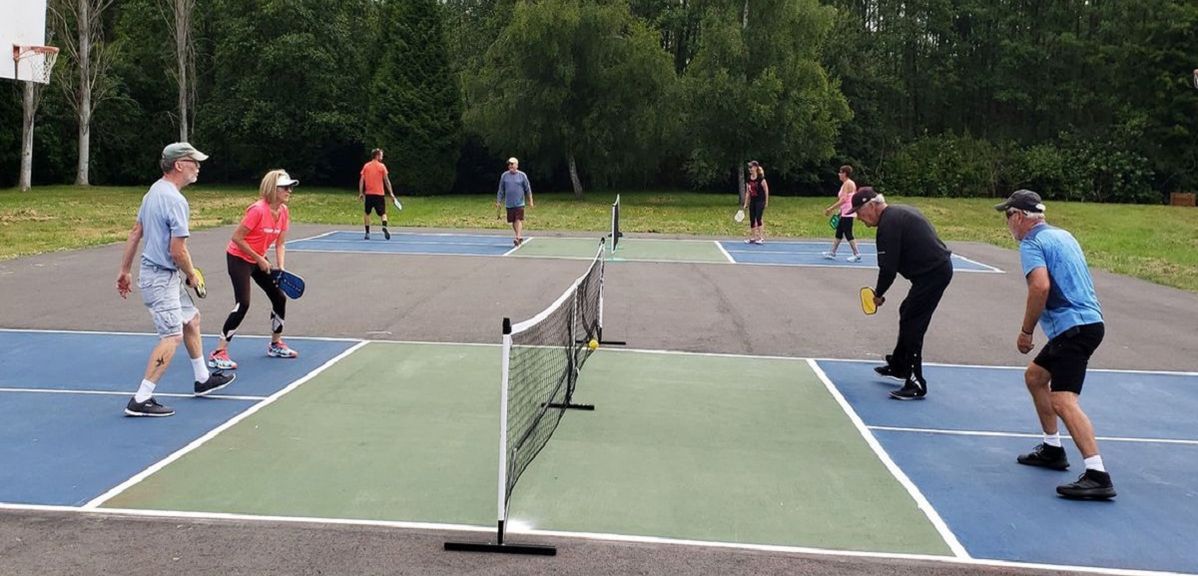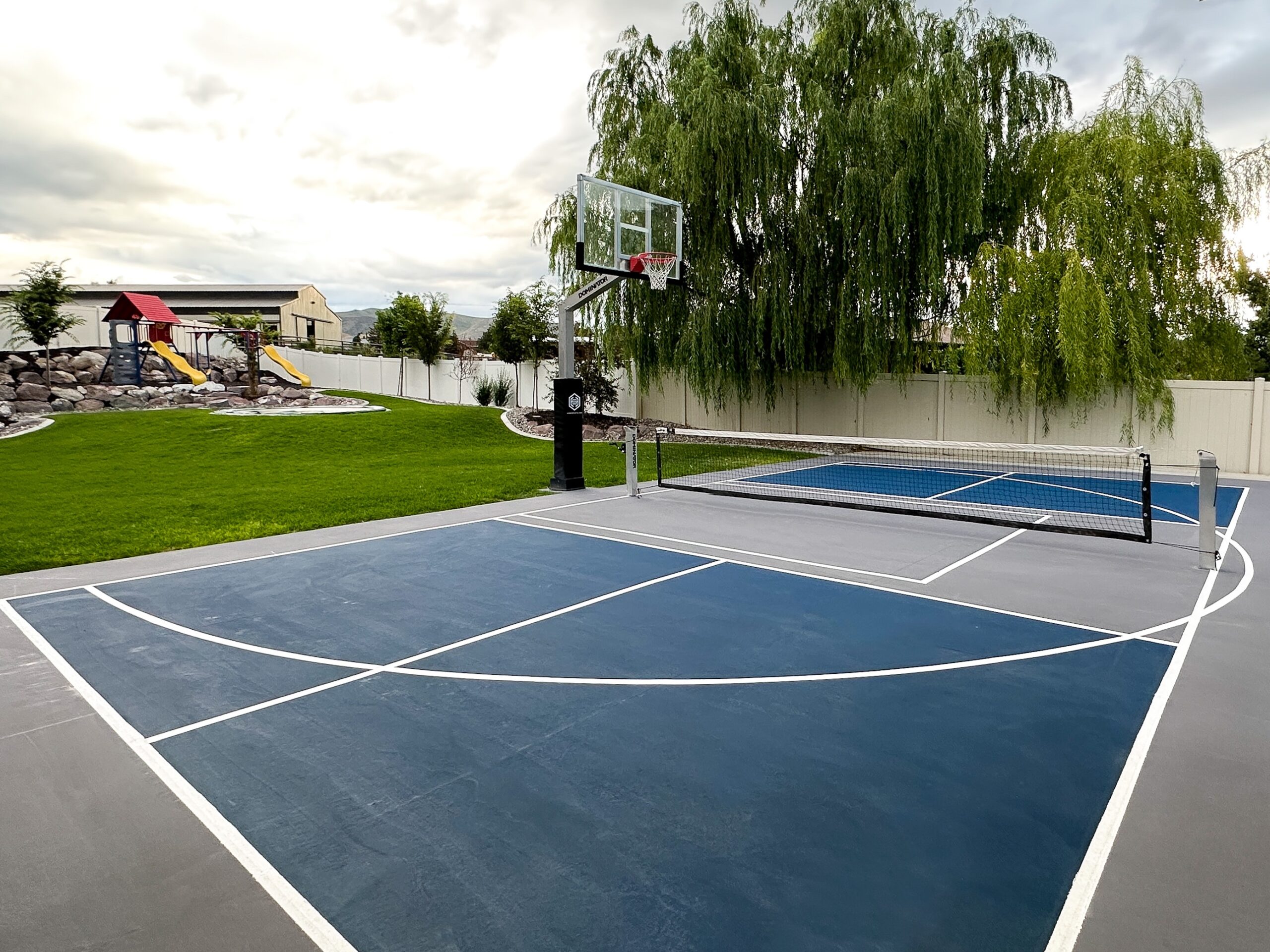Benefits of Professional Help in Your Pickleball Court Construction Trip
Benefits of Professional Help in Your Pickleball Court Construction Trip
Blog Article
Increase Local Engagement With Community-Driven Pickleball Court Projects
The appearance of community-driven pickleball court projects offers an one-of-a-kind opportunity to promote regional involvement and enhance area connections. The actual concern continues to be: just how can these grassroots efforts be strategically implemented to make certain sustainability and inclusivity in varied communities?
Importance of Area Involvement
Area engagement is an important aspect in the effective development of pickleball court projects, as it promotes a feeling of possession and cumulative duty among locals. When area participants are proactively entailed in the preparation and execution phases, they are more most likely to support for the project's long-term success. Engaging stakeholders such as neighborhood players, families, and entertainment groups guarantees that the centers satisfy the diverse demands and choices of the community.
Additionally, neighborhood interaction grows a helpful environment where citizens feel empowered to contribute their resources and concepts. Pickleball court construction. This joint method can bring about cutting-edge options that enhance the style and capability of the courts, making them extra enticing to a bigger audience. Furthermore, including locals in decision-making processes can strengthen social ties, advertising inclusivity and unity within the area
The visibility of area support for a pickleball task can additionally play a crucial role in safeguarding financing and authorization from regional authorities. By showing a common commitment to recreational development, neighborhoods can properly support for resources and policy modifications that prefer the facility of pickleball courts, eventually enriching the local culture and recreational landscape.
Actions to Start a Job
Launching a pickleball court project needs a methodical strategy that improves the structure of area interaction developed in previous discussions. The very first step is to assemble a project board comprising local stakeholders, fanatics, and reps from appropriate organizations. This diverse group guarantees that multiple perspectives are thought about.
Next, conduct a demands evaluation within the neighborhood. Studies, focus teams, and public meetings can be efficient in gauging rate of interest and gathering input on possible court locations, desired amenities, and scheduling choices. Following this, develop a task plan detailing objectives, timelines, and obligations.
As soon as the plan remains in place, engage with regional authorities to comprehend zoning guidelines and any essential permits. Communicating transparently with the community throughout this process is crucial, as it fosters depend on and urges further involvement.
Furthermore, arranging neighborhood occasions can assist preserve energy and interest. These occasions can act as platforms for more conversation and assistance to reinforce community ties. File every step taken and maintain comprehensive documents, as this will be useful for future stages of the project, including financing and source acquisition.
Funding and Resources Available
Securing financing and resources for a pickleball court job is frequently a vital action that can determine the job's feasibility and success. Numerous methods exist for obtaining economic assistance, ranging from public financing to private sponsorships. City government gives, often focused on advertising area health and wellness and leisure, can give substantial monetary support for such efforts.
In addition to government sources, nonprofit organizations and structures often offer grants specifically for sporting activities and area development projects. Engaging local organizations as sponsors can additionally be a fruitful strategy; lots of business aspire to buy neighborhood initiatives that boost their business social responsibility account.
Crowdfunding systems have arised as a sensible choice for grassroots fundraising, allowing community participants to contribute straight to the task. This strategy not only elevates funds yet also fosters a feeling of ownership amongst individuals.
Layout and Planning Considerations
Effective design and preparation are basic components of any successful pickleball court project complying with the purchase of funding and sources. A thorough analysis of the recommended location is crucial; this includes analyzing access, proximity to existing area services, and the possibility for exposure and engagement.
The layout of the court must comply with main size specifications while considering the surrounding atmosphere. Integrating attributes such as seats, color structures, and appropriate lights can dramatically enhance gamer experience and spectator enjoyment. Materials chosen for the court surface area need to prioritize durability and safety and security, with options like acrylic or asphalt offering optimum performance.
Including area members in the layout process fosters a sense of ownership and makes sure that the center meets local demands - Pickleball court construction. This can be accomplished with public appointments and surveys, enabling stakeholders to share their choices and concerns
Sustainability needs to also be a top priority; incorporating eco-friendly products and techniques can add to lasting viability. Finally, developing a maintenance strategy find out here to make certain the court remains in outstanding condition will certainly support ongoing neighborhood interaction and participation in pickleball tasks.

Success Stories and Instance Studies
Highlighting the transformative effect of community-driven campaigns, a number of success tales show how collective initiatives have caused the development of vivid pickleball courts across various regions. One remarkable example is the effort in a tiny town in Florida, where residents affiliated to transform an underutilized tennis court right into a specialized pickleball center. Via fundraising occasions and collaborations with local organizations, the neighborhood raised adequate funds to mount new nets, resurfacing, and lines, inevitably promoting a dynamic center for regional gamers.
In a similar way, in a suburb of The golden state, a grassroots motion emerged to create pickleball courts in a local park. The project not just involved volunteers for building but also consisted of workshops to engage area participants in the sport. As a result, the courts came to be a focal point for social communication and fitness, attracting gamers of any ages.
These study exemplify just how community-driven jobs can enhance neighborhood involvement, advertise exercise, and reinforce social bonds. By leveraging collective resources and enthusiasm, neighborhoods can effectively produce and sustain pickleball centers that site that offer diverse populaces and promote a feeling of belonging.

Verdict
By prioritizing stakeholder participation throughout the preparation and execution phases, these efforts can effectively resolve diverse community needs. Ultimately, such efforts contribute to the transformation of public rooms into dynamic centers of physical fitness and social interaction, strengthening community connections.
The emergence of community-driven pickleball court jobs presents an one-of-a-kind opportunity to cultivate regional engagement and strengthen area connections.Community interaction is a critical aspect in the effective growth of pickleball court projects, as it fosters a sense of possession and collective obligation among homeowners. When community members are proactively entailed in the planning and implementation stages, they are much more most likely to support for the task's lasting success.Initiating a pickleball court job needs why not look here an organized technique that develops on the structure of area engagement established in previous conversations. The job not only engaged volunteers for building yet also consisted of workshops to engage community participants in the sport.
Report this page